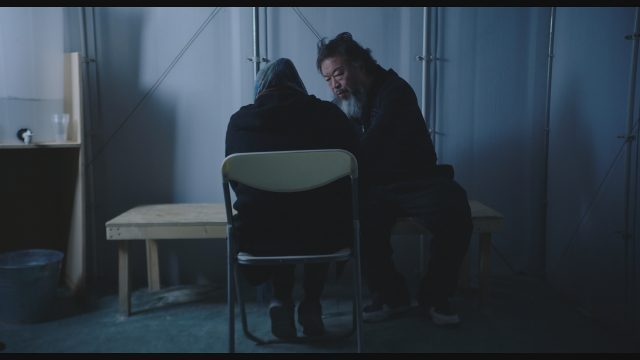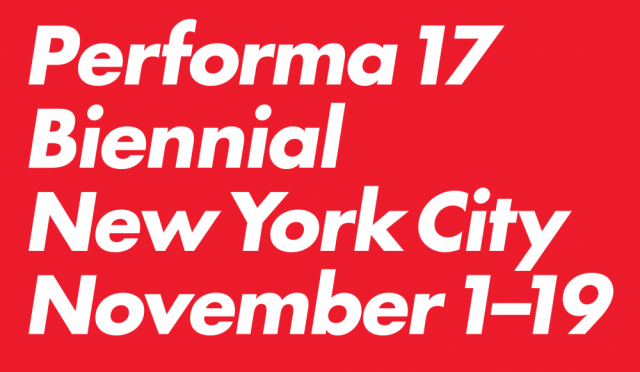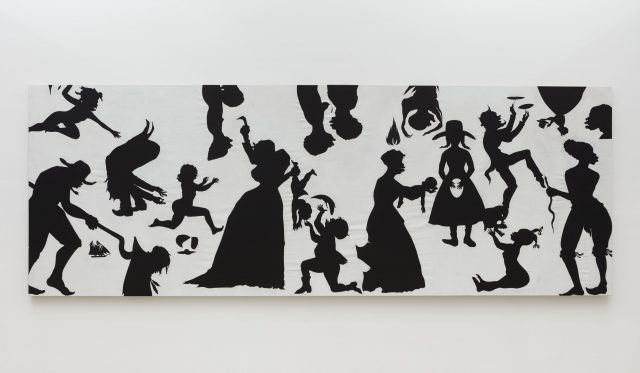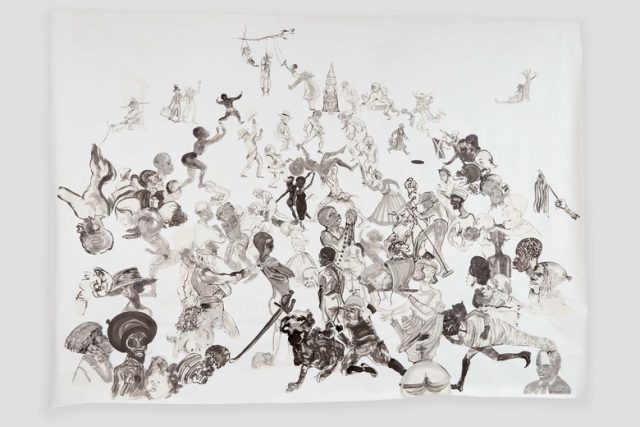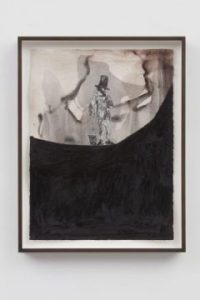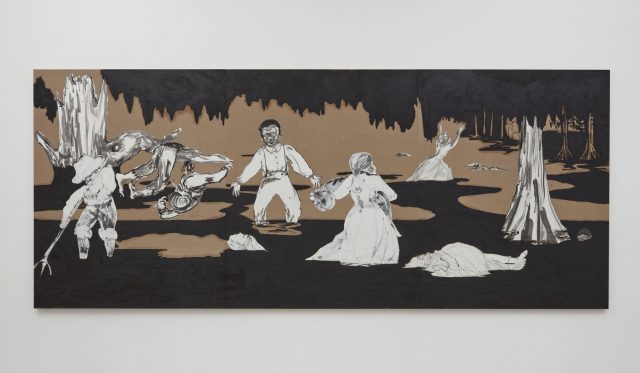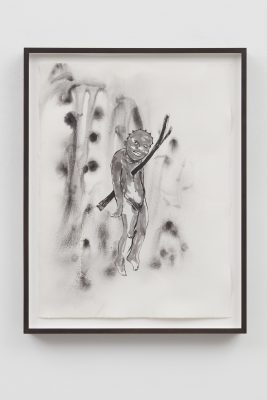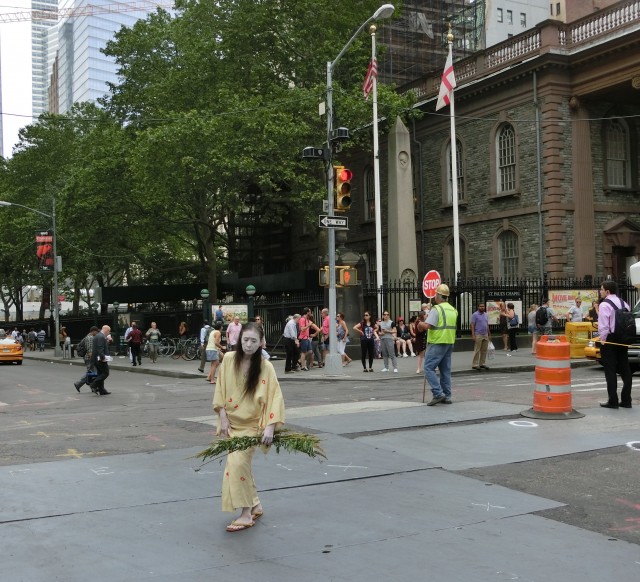
Eiko will make her way to all three Met Museum locations as part of Performa ’17 (photo by twi-ny/mdr)
MetLiveArts / Performa ’17
Sunday, November 5, the Met Cloisters, 10:30 am to 4:45 pm
Sunday, November 12, the Met Breuer, 10:30 am to 5:15 pm
Sunday, November 19, the Met Fifth Avenue, 10:30 am to 5:15 pm
Free with museum admission
www.metmuseum.org
17.performa-arts.org
Eiko Otake began her “Body in Places” solo project shortly after her longtime partner, Takashi Koma, injured himself; the couple has performed as Eiko & Koma since the mid-1970s. The project has taken the Japan-born, New York City–based Eiko all around the world, where she moves in public spaces, both indoors and outdoors, wearing thick, heavy, ghostly makeup, dressed in a sackcloth-and-ashes-style kimono. She moves agonizingly slowly, a human intervention into the mass of humanity that swirls by such New York City locations as Wall Street, MoMA, St. John the Divine, the Fulton Center, St. Mark’s Church-in-the-Bowery, and Governors Island. The piece was inspired by the tragic events at Fukushima, Japan, where she has performed as well, but only for cameraman William Johnston. MetLiveArts and Performa ’17 have now teamed up to present the forty-third, forty-fourth, and forty-fifth iterations of this “living installation,” as Eiko makes her way through the Main Hall of the Met Cloisters on November 5, the fifth floor of the Met Breuer on November 12, and Galleries 963–965 (Robert Lehman Wing, court level) of the Met Fifth Avenue on November 19. “Each of the buildings in the Met is its own place, each with different opportunities and limitations on how I can carry Fukushima into the museum,” she explains in a statement. “Because of this, I use a different approach in projecting images, a different choreography, and a different gaze in each place. At the Cloisters, I can project the video onto the stone walls and can move the image negotiating with the architecture, art works, and a sense of history. At the Met Breuer, I work in a nearly empty space on the fifth floor that allows me to move the projector fracturing the images. It is the least museum-like space. At the Met Fifth Avenue, the projection must remain stationary. So, the structure will be more meditative. I hope my insistent gaze will make my witnessing palpable and invite others to linger in the space.” The piece has also been performed at 30th Street Station in Philadelphia, the Wesleyan library, Hong Kong, Chile, the Chicago Art Institute, Florida, North Carolina, Massachusetts, and Tokyo. And don’t hesitate to see Eiko at the Met, even if you’ve seen her before; not only is each performance different, but she also notes, “I was invited to perform at the Met, but like any other engagement, I don’t want to make my performance about just accepting an invitation. I have been working in such a way to make it necessary and urgent for me. Please come if you can, and if you cannot, please imagine me doing this marathon.”
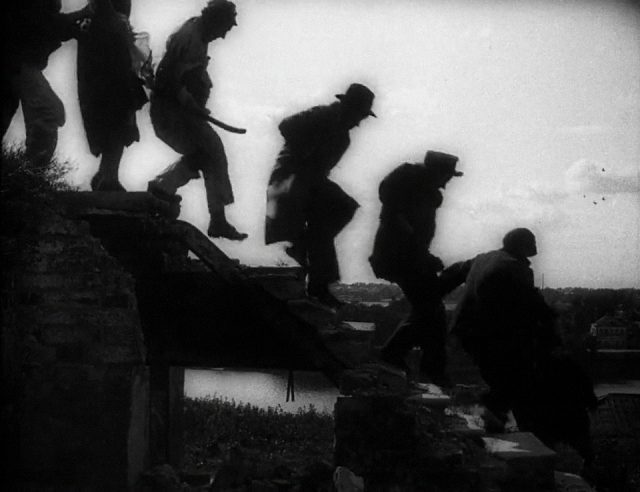
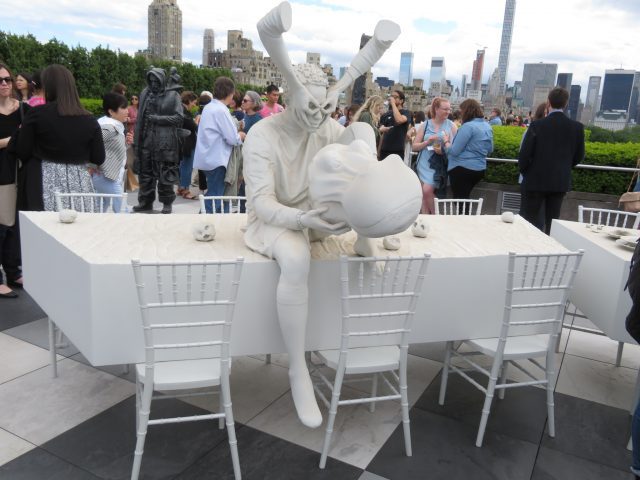
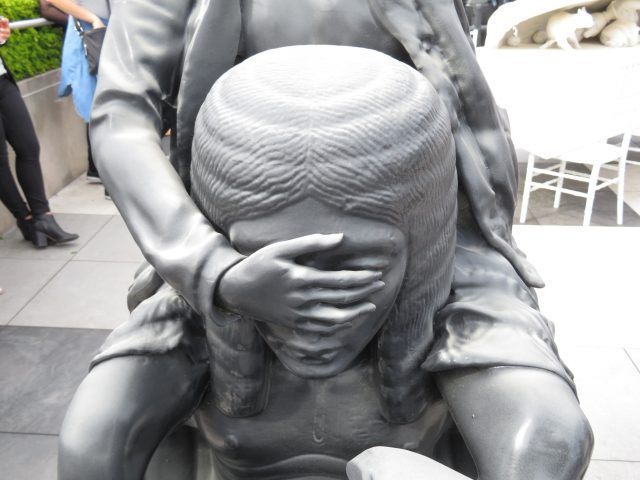
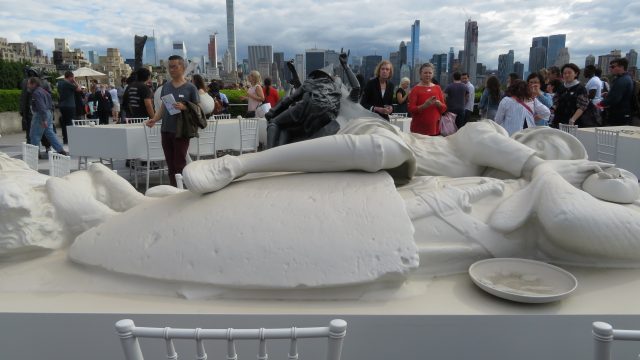
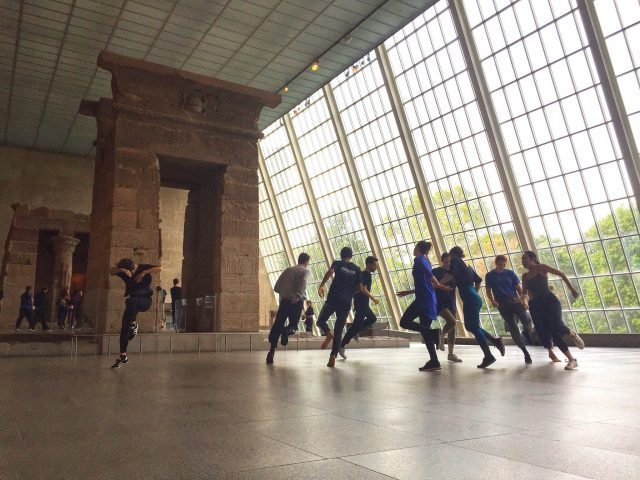

 This past fall, Chinese dissident artist Ai Weiwei had several concurrent exhibitions in New York City that dealt with the international refugee crisis. At Deitch Projects in SoHo,
This past fall, Chinese dissident artist Ai Weiwei had several concurrent exhibitions in New York City that dealt with the international refugee crisis. At Deitch Projects in SoHo, 